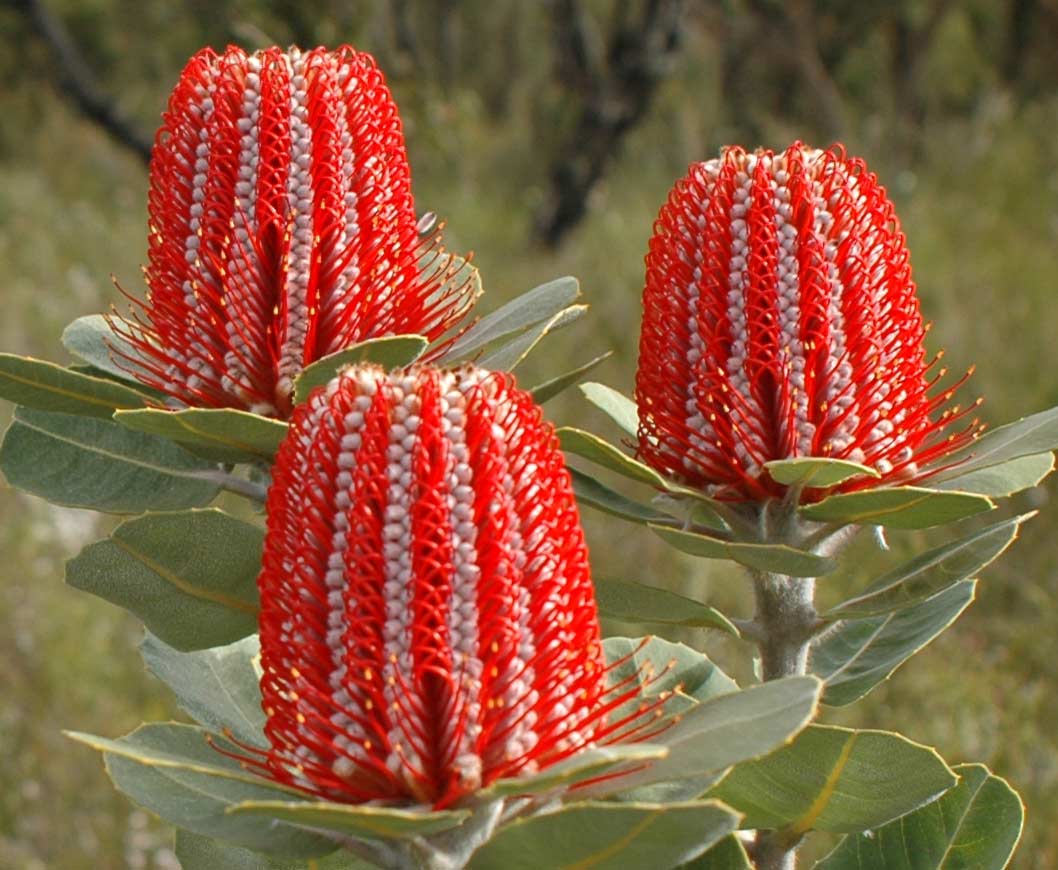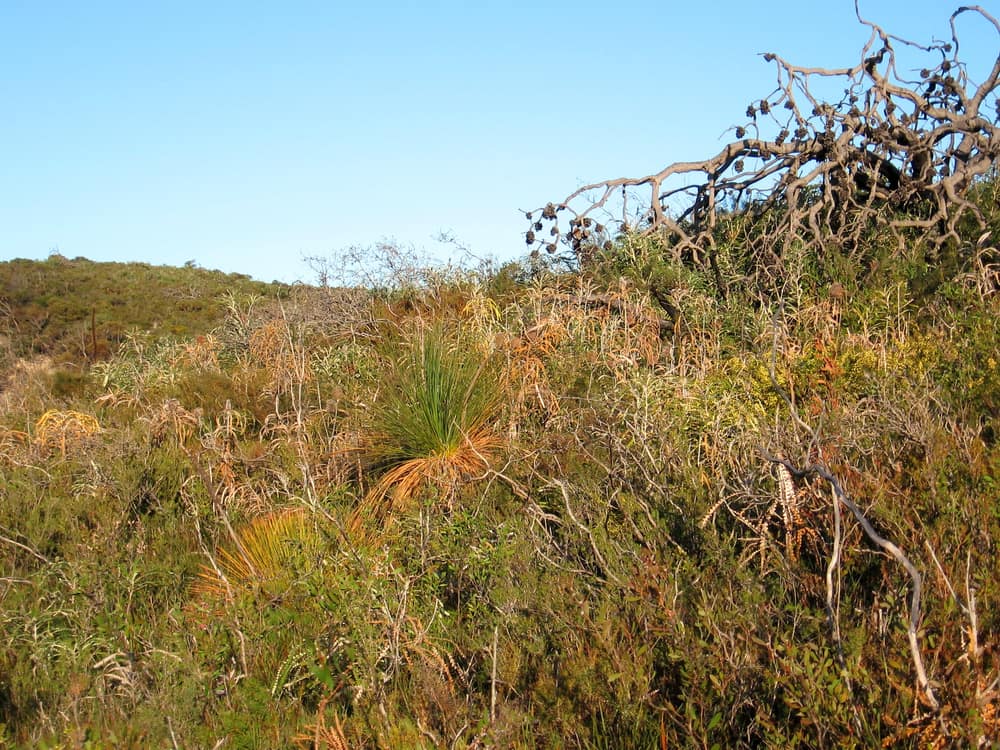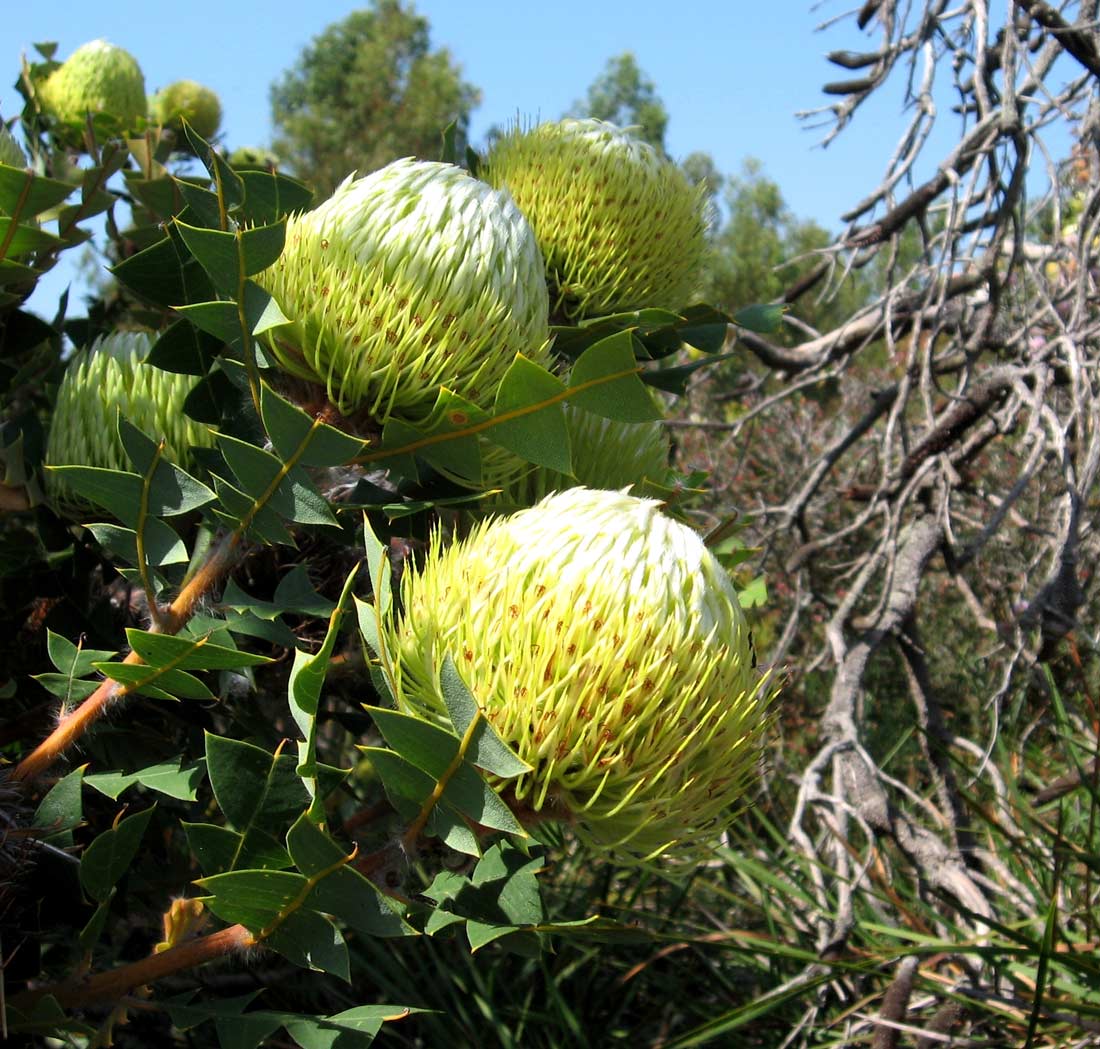EVERY STEP COUNTS
KEEP YOURS CLEAN

The fight against Phytophthora dieback in Western Australia
Phytophthora dieback is the biggest threat to biodiversity in Western Australia and has now spread throughout the south-west from Eneabba to Esperance.
Phytophthora dieback is a deadly, introduced plant pathogen and is unusual as it has animal, fungal and plant characteristics. Scientifically known as the group of Phytophthora species, it is classified as a water mould belonging to the new ancestral kingdom Chromista.
Phytophthora dieback lives in soil and attacks the roots of many native plants. It also destroys animal habitats and threatens whole communities.
Banksia communities are particularly susceptible – dieback can turn a flourishing woodland into a sparse sedge-land.
Humans are the main culprits for spreading dieback, especially over large distances and although there is no effective cure for the pathogen, its spread can be controlled.


Dieback can turn a flourishing woodland into a sparse sedge-land.
There is no effective cure for Phytophthora Dieback but its spread can be controlled. Humans are the main culprits for spreading dieback, especially over large distances.
Dieback can slowly move itself through autonomous spread by swimming in the water in the soil and growing through plant material. Some animals may be associated with its localised spread. People can vector dieback by carrying soil and plant material over vast areas.
Let’s Talk Dieback – and how you can help stop the spread
This project is supported by funding from the Western Australian Government's State NRM Program


